One month I'm studiously keeping track of each new sign (daffodils, crocuses, primroses), the next it seems that everything comes at once (willow leaves, nettles, oak leaves, wildflowers, migrant birds, lambs, calves, plenty of wild food). The transition into the abundance of early summer is less noticeable at the time, though on reflection the visual cues are there in Lake Field and in the trees and farmland beyond.
|
The season changes quickly. After the long, bare months of winter and the held-breath pause of early spring, suddenly life returns to the world. One month I'm studiously keeping track of each new sign (daffodils, crocuses, primroses), the next it seems that everything comes at once (willow leaves, nettles, oak leaves, wildflowers, migrant birds, lambs, calves, plenty of wild food). The transition into the abundance of early summer is less noticeable at the time, though on reflection the visual cues are there in Lake Field and in the trees and farmland beyond. What markers of summer (or winter) are you observing in your patch at the moment?
0 Comments
I love a plan. I love planning. The problem solving, the anticipation, the promise. Starting a project at work? We need a plan. Writing an article? Draw up a plan. Going on holidays? Plan, plan, plan.
It’s something to do with the anticipation, with being able to clarify goals, of thinking about how this thing will fit into and perhaps shape my everyday life. It’s something to do with the research, with discovering possibilities, with imagining potential futures. I like how planning an adventure brings it closer to reality, into the present, how planning out each step of a large project makes it feel less overwhelming and more achievable. I relish those moments when different aspects come together, or when a whole new idea suddenly opens up.
Ben Saunders - Living on Ice from Ben Saunders on Vimeo. (This film is almost entirely an ode to the planning of an adventure.)
Not everyone loves to plan. Sometimes it seems like social media is fixated on the notion that the best adventures are unplanned, spontaneous, unexpected - the kind of adventures that happen when you stop on the way to somewhere else to watch a sunset, when you deviate from your SatNav route, when you miss your train and end up sleeping under the stars, when you allow yourself the luxury of no destination, when you follow your instinct, when you break free. I think it’s true that often the unexpected elements are what make a place or time particularly special.
I’m not so keen on the inspirational quotes, though - the soundbites that once might have meant something, but now spend all their time plastered across over-exposed, over-filtered photographs of lakes or mountains or dirt roads or railway lines, or those twee pastel photos of young, long-haired, white women wearing oversized woollen jumpers and cradling enamel cups of steaming coffee while gazing into the middle distance. Those inspirational quotes never seem to mention getting lost in thick cloud at the top of a cliff when your GPS battery dies and you haven’t bothered to bring a paper map; or your car breaking down in the outback when you haven’t told anyone where you’re going, there’s no phone signal and you’re running out of water; or zipping open your tent to find a beast going through the food you failed to pack away properly, and wondering in that split second whether this particular creature prefers chocolate bars and peanut butter or human flesh. I rather think the best adventures do not include being dead. (Here’s a fun flowchart: Did You Have A Good Adventure? Though I think my idea of "hard" might be quite a lot gentler than other people’s! Also, here's an amusing "lessons learnt" blog post about cycling in a Californian winter.) 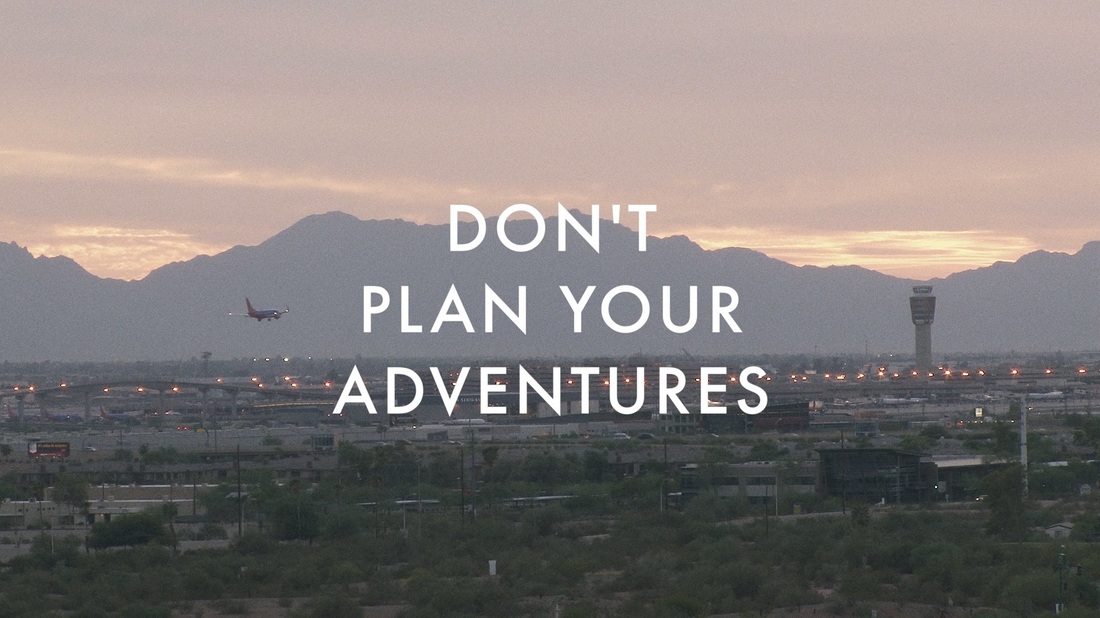
What nonsense! How are you going to get on that plane, magic? (As far as I know, the image is connected to this video.)
On the other hand, there is a danger in micromanaging journeys to the point that all the joy is squeezed out. Some things are better left as an approximate sketch or vague outline rather than a detailed diagram. I know I have a tendency towards over-planning myself, though I’m past the stage where my trips have a Contiki-tour-slash-nursing-home style itinerary: 6:47am wake up, 7:05am take photo of sunrise, 7:10am eat breakfast (insert menu here), walk 4.5km, drink 280mL water, dig hole 20cm deep, excrete 129g fecal matter, etc.
I suppose it's about balancing the two extremes: learning to plan with an appropriate degree of rigor for different travels and adventures - and to suit my capabilities. Last summer, I headed out for long daywalks without a map, food, or raincoat (my plans involved checking the forecast and walking in East Sussex, where a pub is never too far away). Likewise, wild camping at least once a month last year made packing for microadventures almost second nature - it felt more like slinging bread and tea in the sack a la John Muir than an exercise in major event coordination. Moving up a notch, planning a five day walk this summer, I’ve mapped out a general route and booked accommodation along the way - soon I’ll have a look at places where we can buy lunch, and I’ll stock up on chocolate bars. And last summer, when we were heading off on our walk across Wales, I spent longer thinking about kit, looking at maps and making sure I knew where we were headed: we’d been stuck up a Welsh hill in less than ideal circumstances before - not something I wanted to repeat. But then, next year, we’re going on an adventure more stereotypically adventurous than anything I’ve ever done before - more remote, more challenging, more, “I don’t even know if this is possible.” And in response, I am reverting to type: plan, plan, plan! Writing about planning
Let’s back up a bit. First, an admission. While I love planning, I rarely write about my plans before they’re finalised.
Why? Not to put too fine a point on it, I’m afraid. My big worry is that I’ll look like a fool if the plan doesn’t come to fruition. How will I feel in a few months or a year if I have to come back and admit to the people who read this that we’re not going on that big, remote, challenging adventure at all? I’ll feel like a failure, that’s what. (A lesser fear - one that’s more likely to happen, but easier to put aside - is that I’ll get a lacklustre response. Nobody will be enthused. Nobody will be encouraging. Nobody will comment. Nobody will give it a star or a thumbs up or a heart or a smiley face. I have to remind myself, that’s OK - I’m doing it for me, not for the lurking internet hordes, and naturally it's going to be more exciting to me than to anyone else. Besides, I've talked about this plan with people outside of the internets and they seem to think it's interesting!)
A couple of weeks ago I was reading the blog of the most enthusiastic ball of energy that is the adventurer Anna McNuff, specifically her post "To scoot or not to scoot, that is the question". In it, she talks about her plan to travel the length of South America by giant scooter, about testing out said giant scooters with a friend in the Welsh hills, about having a fantastic time . . . but realising this was not going to be the best mode of transport for a trip that involved going up a lot of hills. Anyway, Anna’s post is great and the video makes me want to go scooting, but she opens with something of a rallying cry - to talk a bit more about the planning of adventures before they begin:
. . . all-too-often we only get to hear about adventure plans when they are unveiled / announced / launched / released, and above all . . . final. The reasons for that are valid - you don’t want to look like a prize banana after all - shooting your mouth off and then not doing what you said you would. But it always seems a shame that the journey to the start line of an adventure should appear so effortless.
So, that got me thinking, and now I'm all psyched up and wanting to talk a bit about this adventure we’re planning for next year . . .
An adventure down the Snowy River
The Snowy River is one of Australia’s most iconic rivers - at least, it is within Australia. Mostly, ask an Australian if they’ve heard of the Snowy River and they’ll recite a line or two from Banjo Paterson’s 1895 bush poem "The Man from Snowy River", mention the 1982 film of the same name starring Sigrid Thornton (or the terrible sequel), talk about the Snowy Mountains Scheme or, if they’re environmentally inclined, about the campaign to restore water from said scheme to the river. But from my extremely anecdotal and unscientific research, it doesn’t seem like many people outside Australia have heard of the Snowy River. So, in case you don’t know: the Snowy River rises in southern New South Wales on Mt Kosciuszko/Targangal, Australia’s highest mountain; it then flows in a question-mark-ish line for about 400km south before entering Bass Strait at Marlo in eastern Victoria. In between, it’s dammed three times, trickles through the Monaro High Plains, gushes over rapids and through gorges in remote areas of national park and loops through farmland, past remnant rainforest and coastal lakes. There aren’t many towns on the Snowy: Jindabyne (population <1750) at the main dam, Dalgety (population <100) in the Monaro and then nothing much until Orbost (population <2500) and Marlo (population <400) on the coast.
And next year, we’re going to try and follow the Snowy the whole way from source to sea, walking, paddling, wading, scrambling, swimming . . . however we can.
I first conjured up the idea of following the Snowy on dreary day in February last year. I was unenthused and uninspired and I needed to feel that an escape was possible. What could be a better escape than an adventure down a river, following the water downstream, sleeping on its sandy beaches, meeting people along the way, boiling river water for tea, swimming every day and finally arriving at the wide open ocean? And why not the Snowy River? I grew up beside the Snowy, but I’ve barely seen any of it. It would be a chance to go on a terrific journey, with lots of walking, scrambling, paddling, maybe some bushbashing - and in the process, I could learn a bit more about the natural environments, human cultures, history and geography of the river.
So, the idea has been on the cards for a while, quietly bubbling away, with research about the river taking up lots of my spare time. I hinted at our plans in my "Why follow a river?" post back in February. But it wasn’t until last month when our weeks off work were confirmed and our plane tickets booked that the enormity of the whole thing really started to sink in.
If all goes well we will be in Australia for almost six weeks in 2017 and on the river for about five of those. I have a draft itinerary, although in reality I have no idea how far we’ll be able to travel in a day, because there are no footpaths or tracks along the majority of the river. I’ve done a lot of Google Maps-based exploration. I’ve contacted various government departments and tourist information centres about the legalities of access to the river. I'm looking for more information about whose country we'll be on. I’m talking to expedition companies about boat hire and guided tours for the sections of river that I’ve been told are categorically unwalkable. We might end up paddling more than we expected. Dan and I are looking at our kit and trying to figure out what we need to discard, change, upgrade and acquire to make sure we’re safe (enough), comfortable (enough) and lightweight (enough) to make the journey enjoyable (enough). We're going to the Alpkit warehouse in August to check their gear out in person. We’ve pencilled in several overnight walks from now until then to keep our level of fitness from falling through the floor, but I think it will be a case of the trip being its own training. I’ve got an Australian first aid book to refresh my knowledge of how to bandage snake bites. I'm trying not to freak myself out with the idea of being chased by packs of feral dogs (or indeed domestic dogs). I’ve haunted forum debates about the pros and cons of PLBs and satellite messengers - particularly concerned about coverage in remote areas of Australia. We're trying to save some money. Kate of the Katechen, based in Melbourne, is going to devise some homemade dehydrated vegetarian meals for us (there's no point trying to take food into Australia, it'll probably be confiscated by customs). I’m hoping that a few friends and family who we’ve chatted to about our plans might be able to join us for a day or two here and there or at least help us arrange food drops and clean socks and undies at strategic points. Someone might even be able to give us a lift to beginning of the walk (a 7+ hour drive, minimum) - because actually getting there would be a good start!
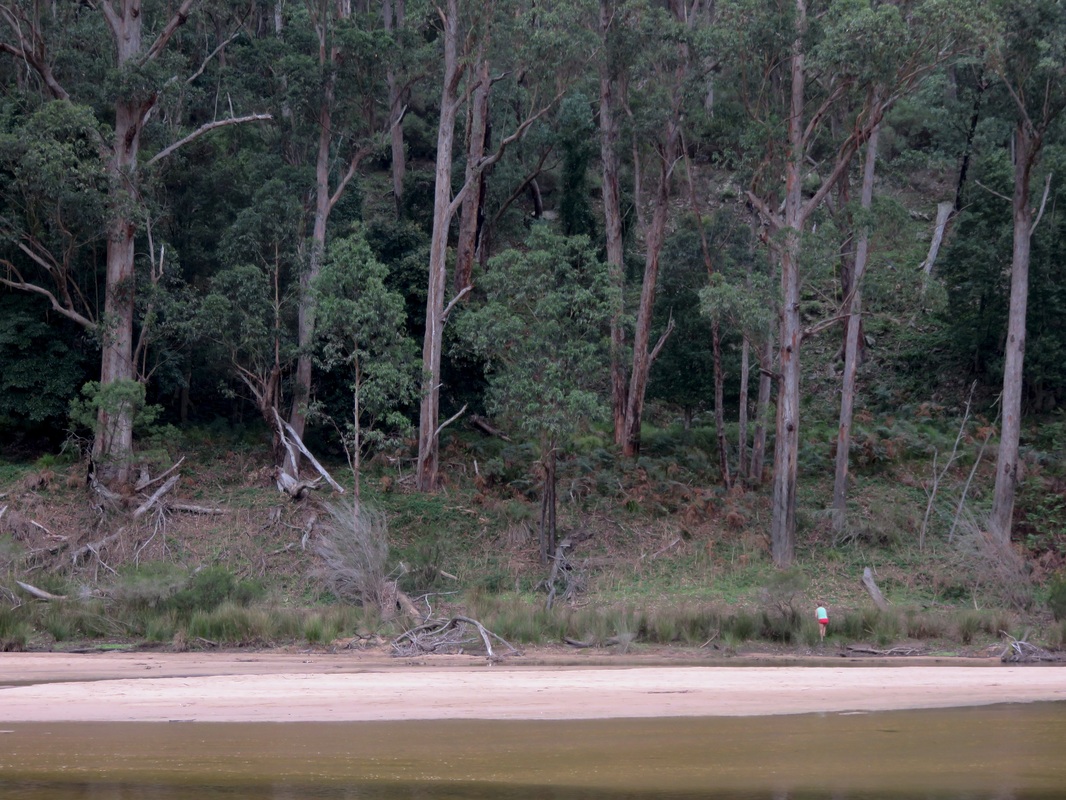
Me, having crossed the Snowy River in a feat of intrepid exploration earlier this year.
There’s so much that’s still up in the air, still so many unknowns. And the nature of such an adventure means that some of it will remain unknowable until we do it, or fail while trying. In the meantime, there’s a lot to organise.
Luckily, I love planning.
So, there you have it. The cat's out of the bag, or among the pigeons, or on a hot tin roof. I have a plan, which is now on the internet, so it must be official!
Last June, I had a great time doing #30DaysWild, and I drew a little doodle or sketch each day to show what I’d got up to. It seems that some of the folks at the Wildlife Trusts appreciated my little pictures, because they asked me if I’d like to do the illustrations for the Random Acts of Wildness cards in this year’s pack. Of course I wanted to! How cool is that?! Anyway, I thought some of you might be interested in hearing a bit about the cards - thanks to Mags (of With Each New Day), Helen (of Stresswitch) and notso (of Bus-Stop Birding) for the following questions. If you’ve got other questions, feel free to ask in the comments. What determined your choice of subjects? Did you think of the acts yourself or were you given a list?I liaised with the fabulous Lucy McRobert at the Wildlife Trusts and she sent me a list of activities, along with some instructions about the shape and layout of the cards. Other than that I was left mostly to my own devices, which suited me. It was a nice way of working, to be free to think about the story I’d like to create around the text on each card. Some of the pictures are straight up illustrations of the text, others work in tandem with the statements. On the other hand, this freedom meant that when I got stuck with what to draw, it took a lot of thinking to get me out of my pickle - I didn’t have many pointers! But, as is so often the case with creative things, some of the pictures that puzzled me the most ended out being my favourite illustrations. I had a hard time figuring how to illustrate "Google wild facts" without just showing a person at a computer. Hopefully the end result, although slightly fantastic, shows how research can bring ideas to life, off a screen and into reality (or at least into imagination). Did you work on the art at the location or from photos? Were any of the cards inspired by specific locations?I was doing most of these illustrations in February and March, when it was cold and bleak and I was not surrounded by the flora and fauna of summer. This was one of the most difficult parts of the process. I couldn’t walk outside and think, “Oh, that’s an interesting flower,” and draw it. I had to try to remember what kinds of flowers or fungi or birds are around in June, then find images of them to work from - photos, diagrams, other illustrations. Inevitably, that meant I was limited to the things I could remember names for, or which showed up in my many Google searches on variations of “wildflowers in Devon” or “fungi UK June” or “summer migrant birds Scotland”. I also drew on the pictures I did during #30DaysWild in 2015, and on my photos from the last few summers, using them as inspiration. (Incidentally, I just read this great conversation between Sarah Perry and Amy Liptrot at Caught by the River, which includes a discussion about the difficulties in writing out of season - I can relate!) In terms of specific places, I worked from memory a lot of the time - not to create exact replicas, but to get the feeling of a landscape. In the "Meditate in the wild" illustration, the bay was inspired by the beach at Hastings or Bexhill (near where I live) looking towards Eastbourne and Beachy Head. In the sketch a wild landscape illustration, I drew on our walk along the Grand Union Canal. For other pieces, I looked at photos and films of relevant landscapes to try to create appropriate backgrounds. In the "Watch a wild webcam" picture, there’s an osprey in the foreground and a landscape inspired by the hills of midwest Wales in the background. What is your artistic process for something like this? Straight in with the pen or pencil sketches first? What equipment do you use?Interesting questions - though talking about “my process” makes me sound like I’m a pro, when I’m really not (this is the first time I’ve ever been paid to draw things, as far as I recall). As I said on Twitter, "Just have a bash at it!" is probably my first step. All of the final images are black ballpoint pen on cartridge paper (sketchbook) - and a bit of whiteout, too! (That's Tipp-Ex or correction fluid to you.) There wasn’t a lot of reasoning behind that choice other than it’s what I had on hand when I began - and once I’d started I wanted to be consistent. If I did it again, I’d be interested to try out felt-tip pens. I knew the original images would be reduced a little in size for the cards, so I deliberately tried to keep them simple - lots of bold outlines, not too much shading. This also made them a bit like children’s book drawings, which appeals to me. I think Alison Lester’s artworks are gorgeous, and if my pictures captured even a little bit of the joy she is able to convey in her books, I’m happy. For the first few images, I started with rough sketches and studies, but because pencil and pen are such different media (for me, anyway), I didn’t find that process very useful. As I continued, I tended to draw in proportions and light outlines with pencil and go at it with pen almost straight away. Some subjects required a bit more work, especially animals and people, where the proportions needed to be more accurate. Were there any unused designs?I ditched a couple of designs at draft stage, because they were boring or didn’t work for some reason. One of them was rejected as not being relevant enough to the text and I made a couple of spares just for the sake of it (again, I don’t think they were used). And then I did seven more on request that were to be part of the social media campaign - I haven’t seen them yet, though! Which illustration did you do first? Which is your favourite?The first one I did, though I ended up redrafting it later, was the "Switch off to tune in" picture of the electrical cord turning into ivy. I was pretty pleased with that visual pun. It’s too hard to pick a single favourite, though. The pictures that were my favourites to draw aren’t necessarily the best images; and my favourite illustrations aren’t necessarily my favourite cards (some were changed around in the design process). But here’s a few . . .
Have you tried all the activities yourself?No! I’ve managed a few of them this month and I did many more of them last year. One I really do want to try - hopefully more than once! - is a proper digital unplug. My partner and I go through stages of having a weekly screen-free evening, and that’s great, so a whole weekend must be even better, right? Think of all the books I could read! I wouldn’t mind setting up a bird picnic one day, too. And making a bug hotel. And making seed bombs (I love the idea of guerrilla gardening!). And, and, and . . . So, how was #30DaysWild for you? Have you followed people's adventures on Twitter? I have been a bit slack documenting my attempts to add some extra wildness to my days. Hopefully I'll do a summary post sometime soon. Meanwhile, if you have any more questions about the cards, pop them in a comment below and I'll try to give you an answer! |
In which IIn which I do things and write about them In which I tag
All
In which I archive
July 2022
|
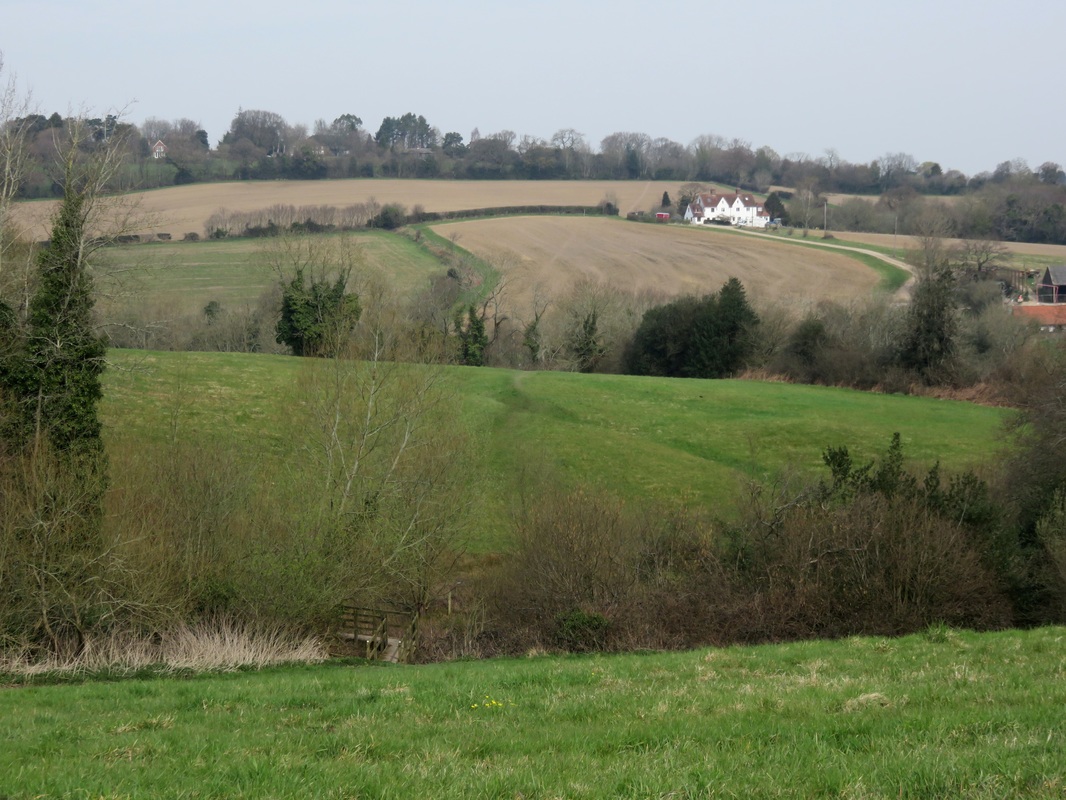
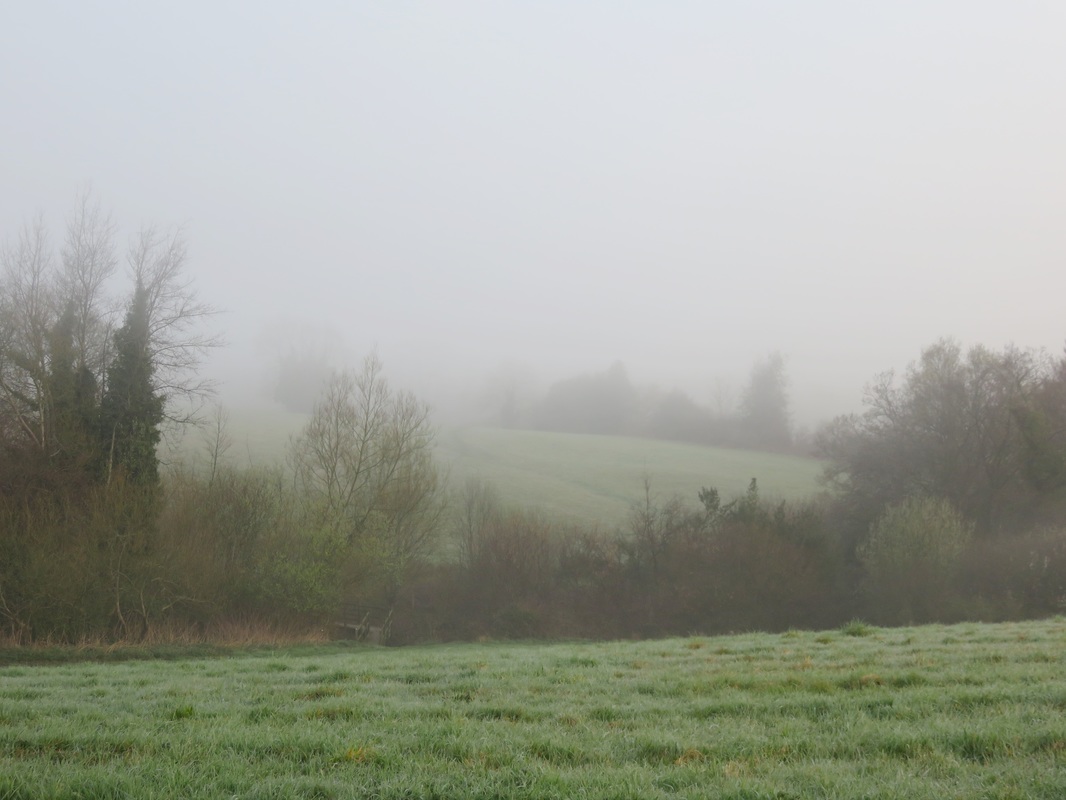
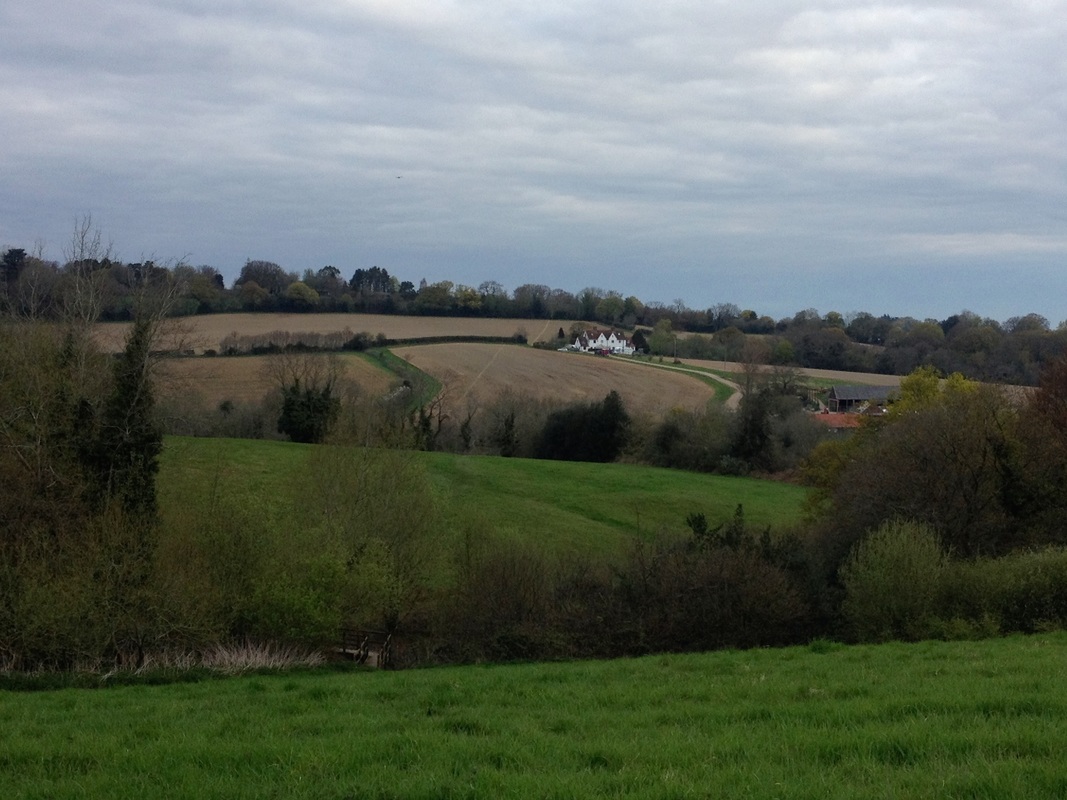
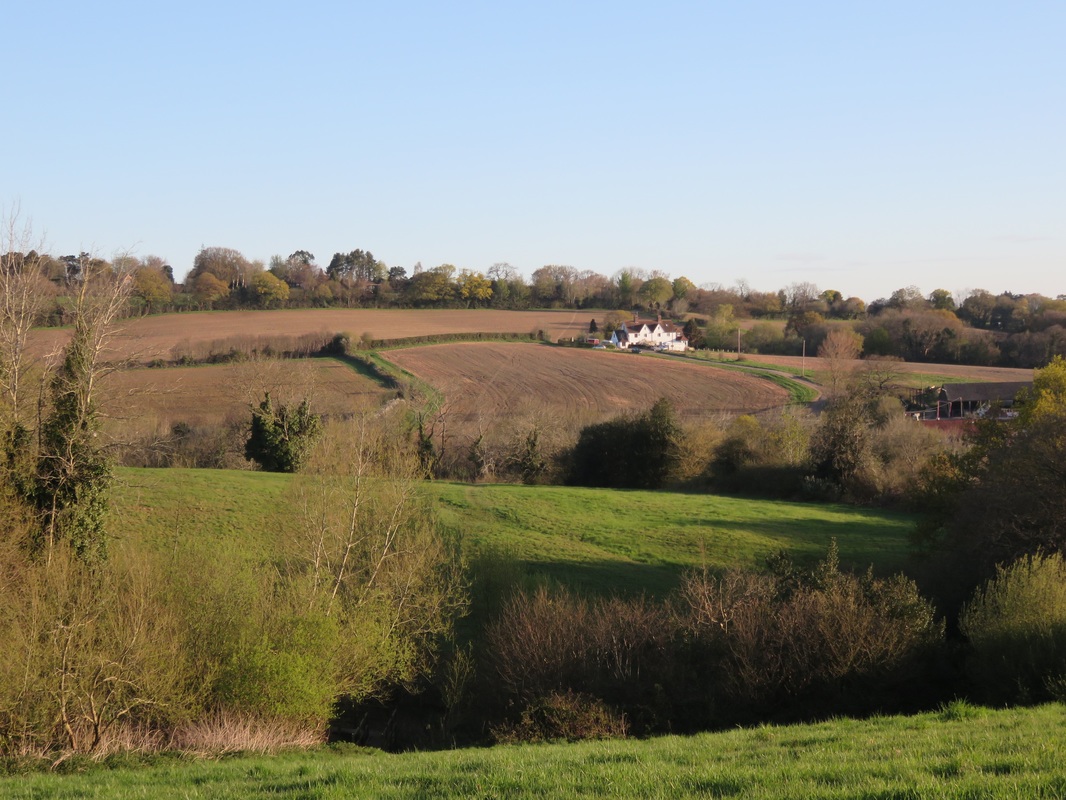
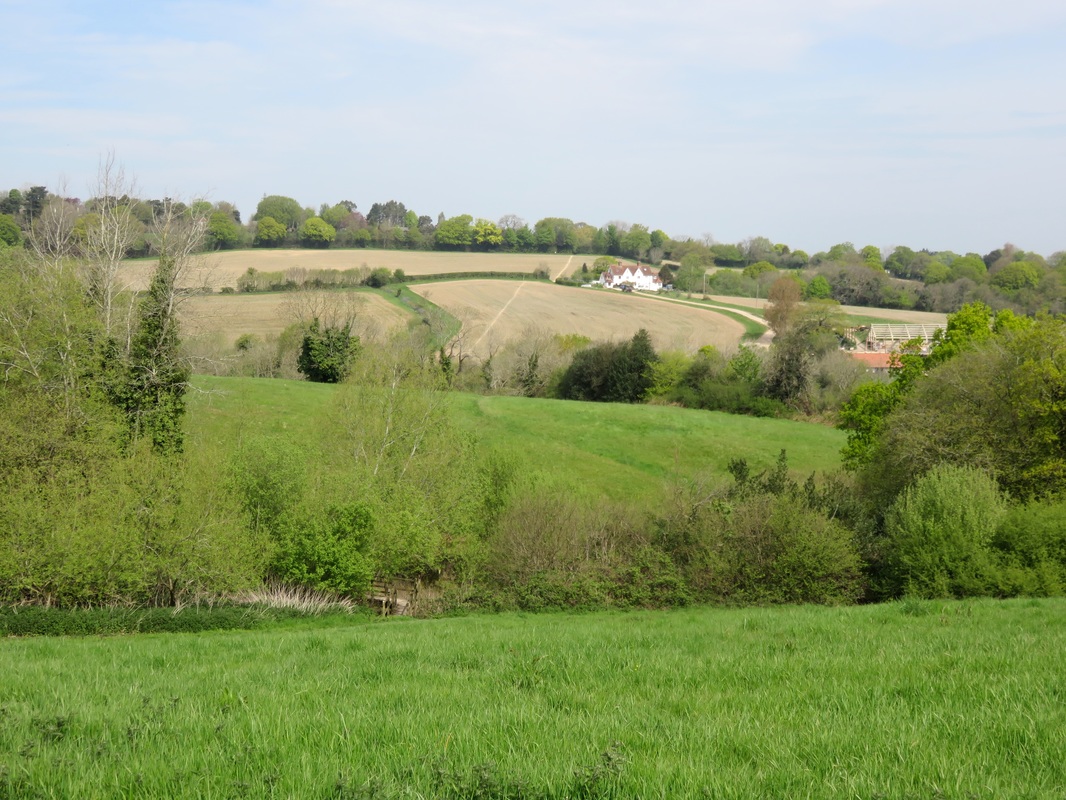
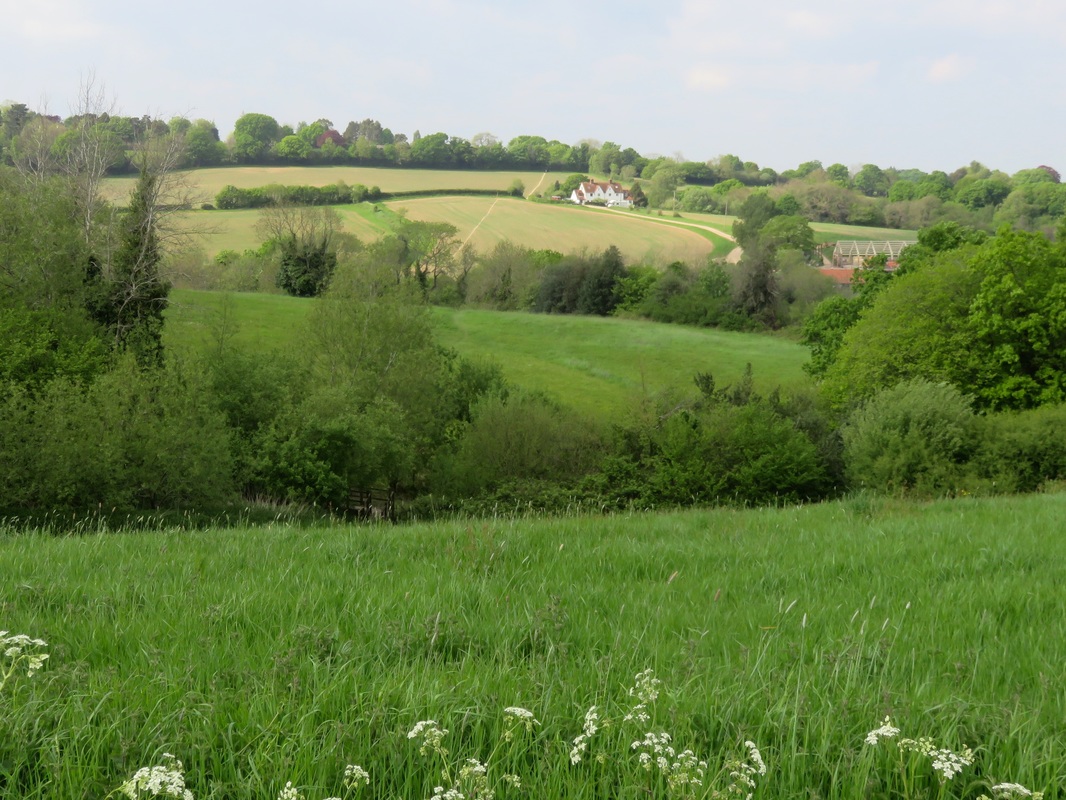
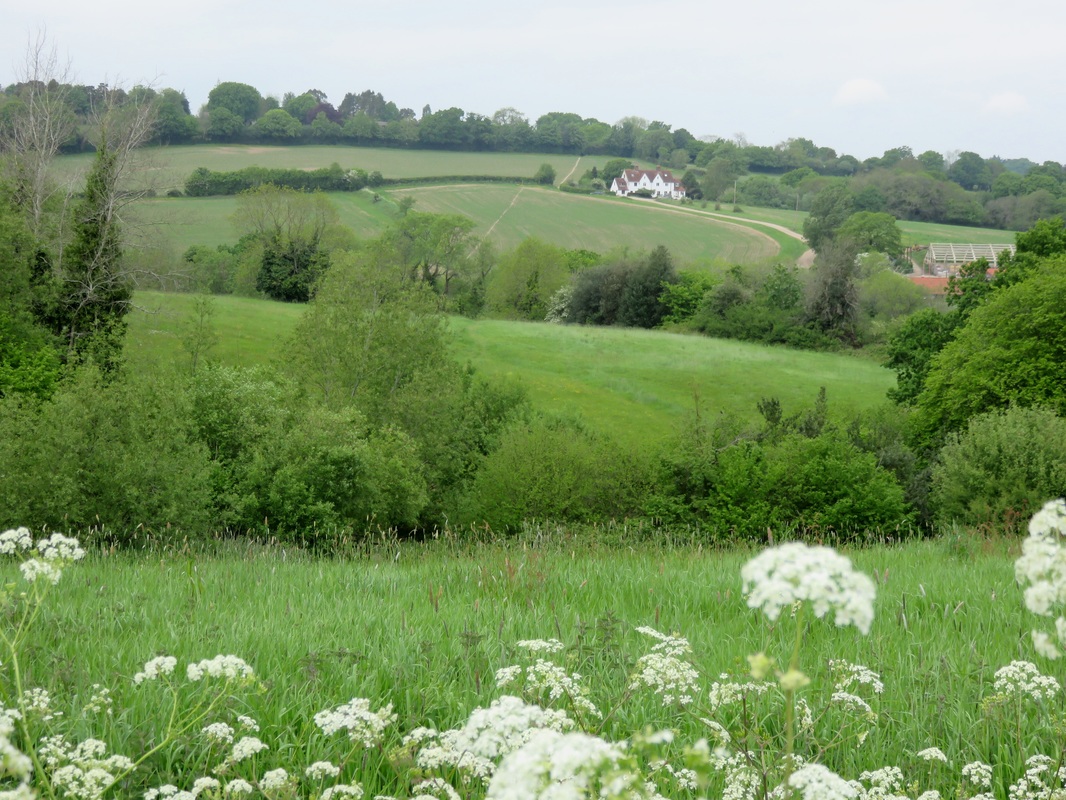
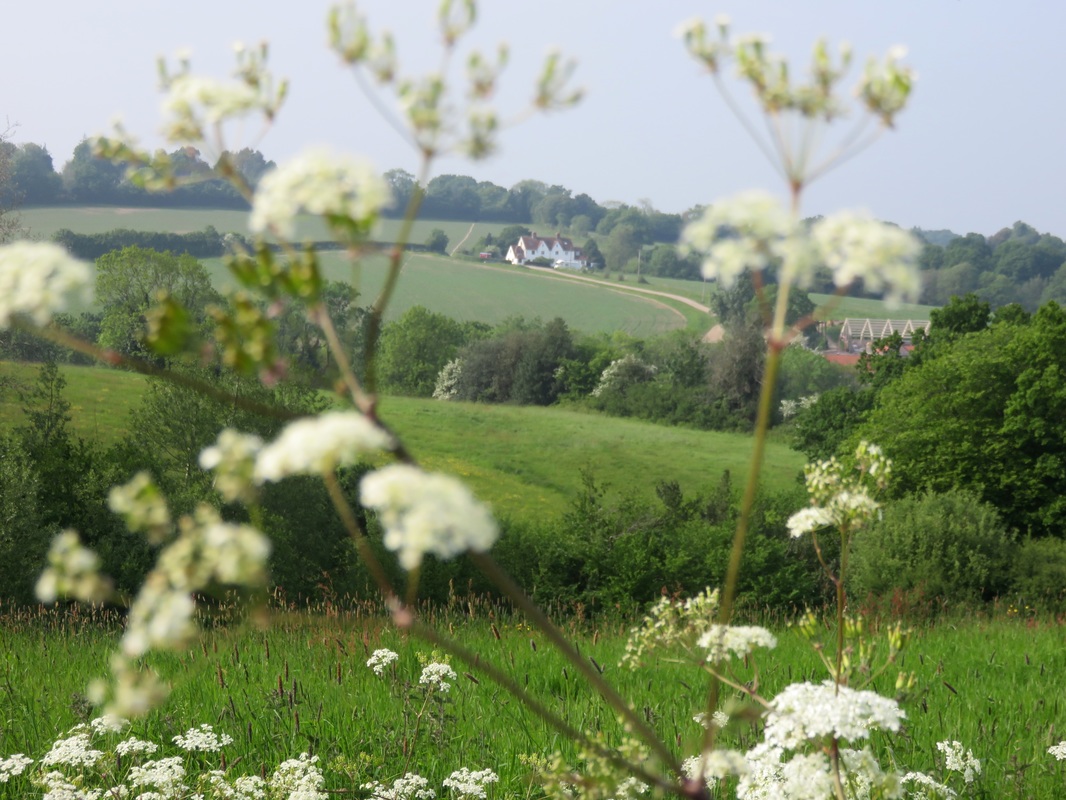
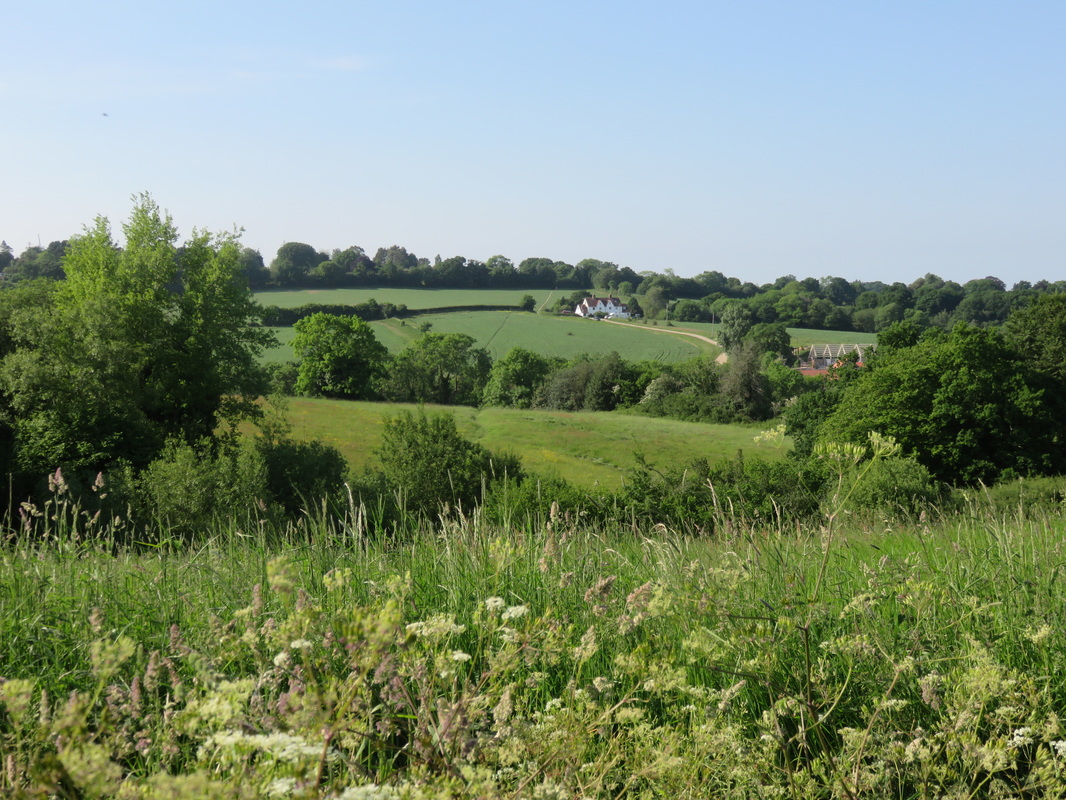
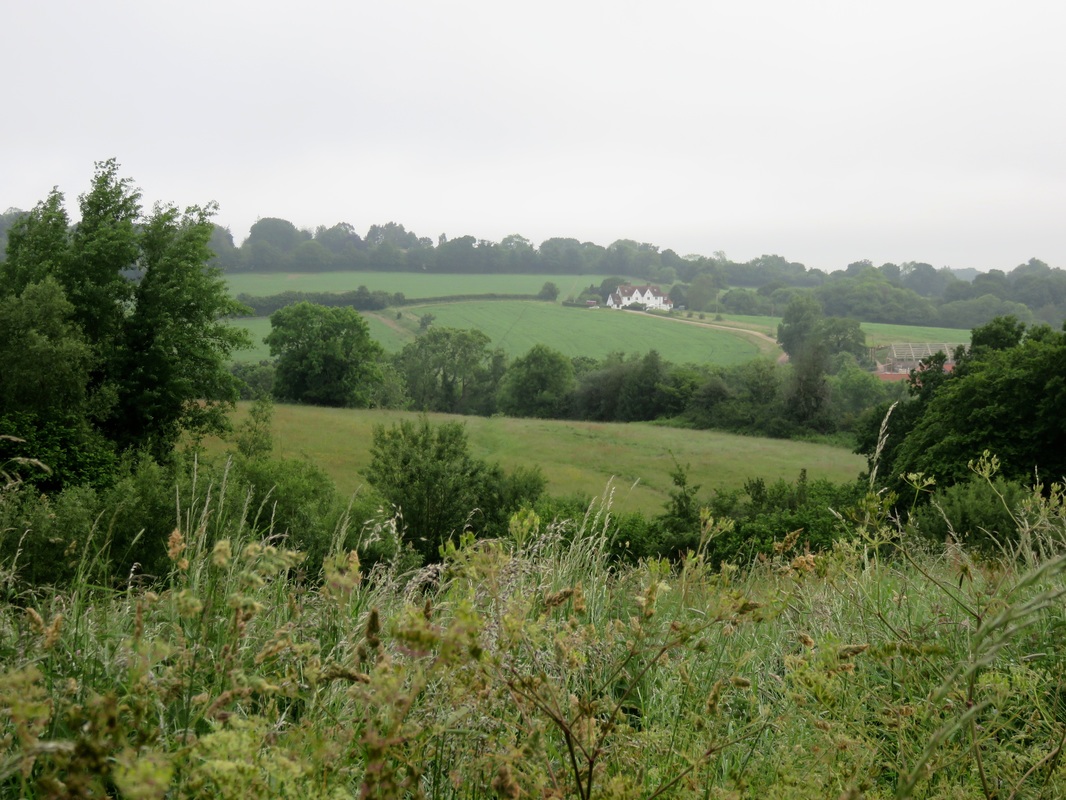
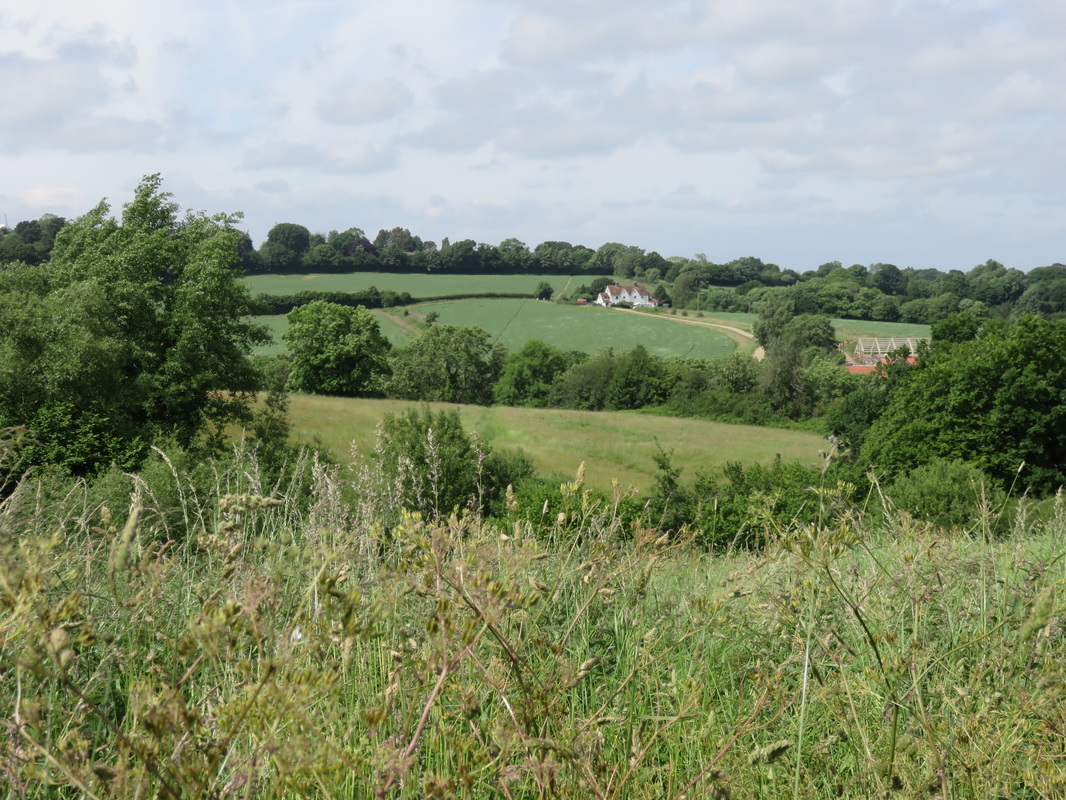
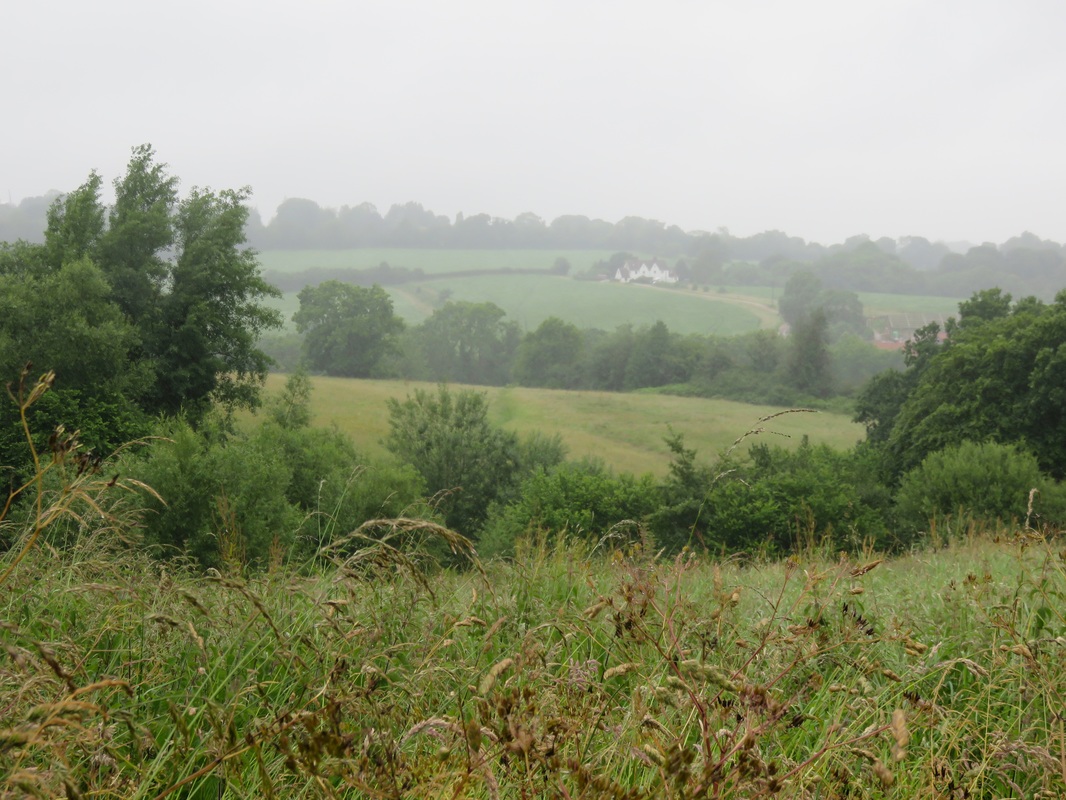

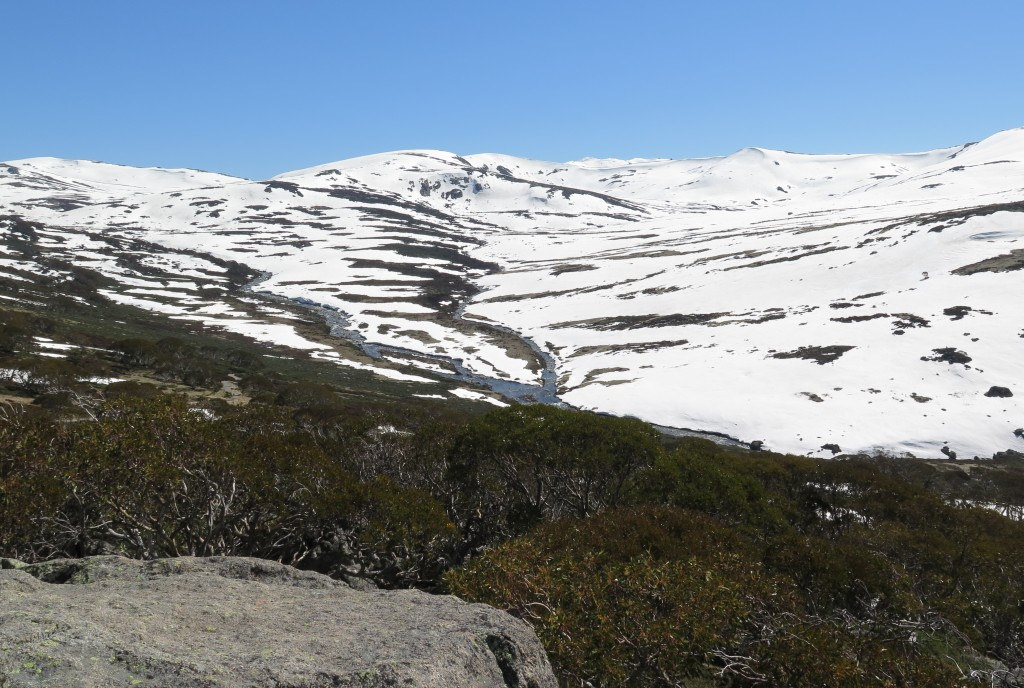
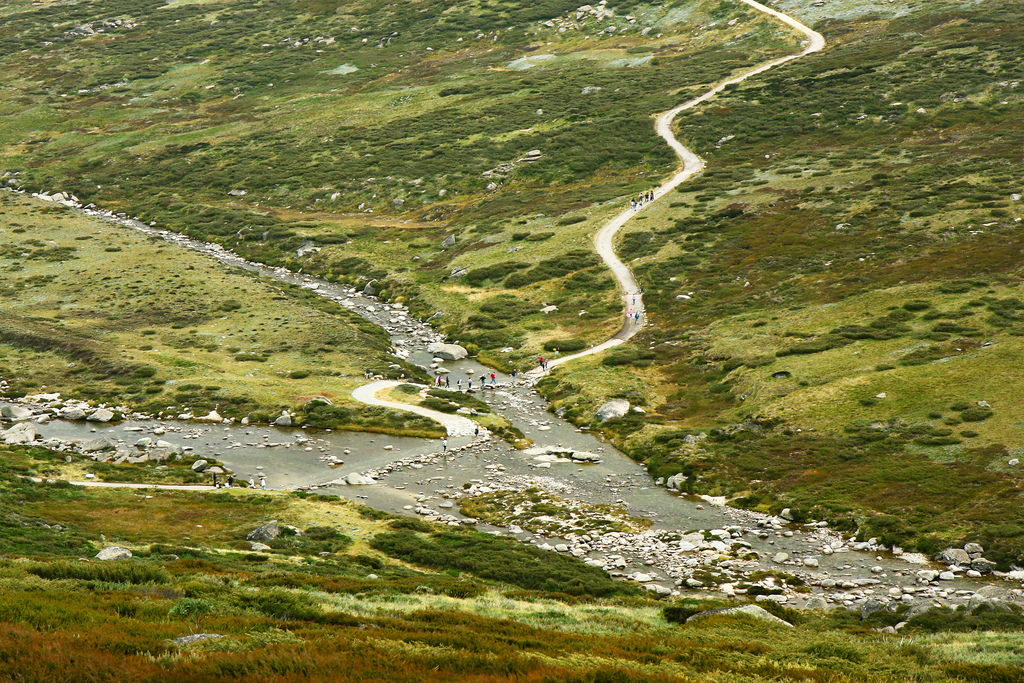
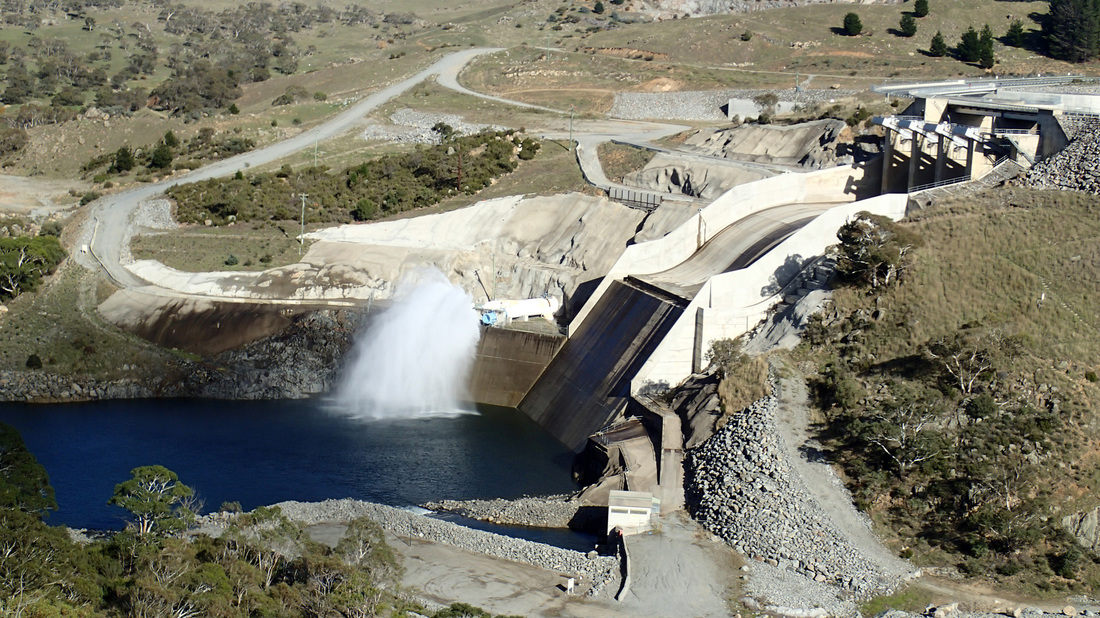
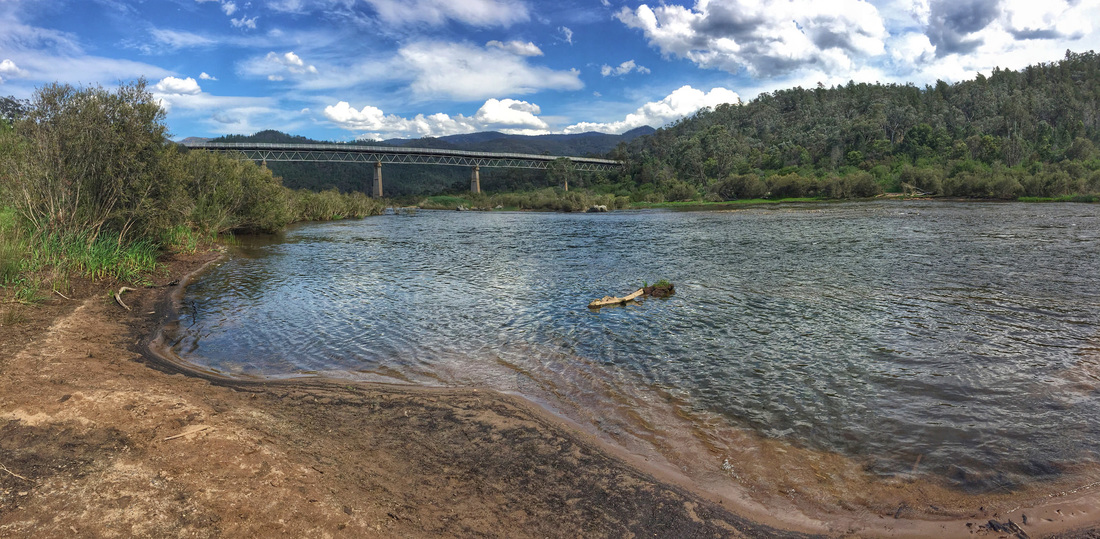
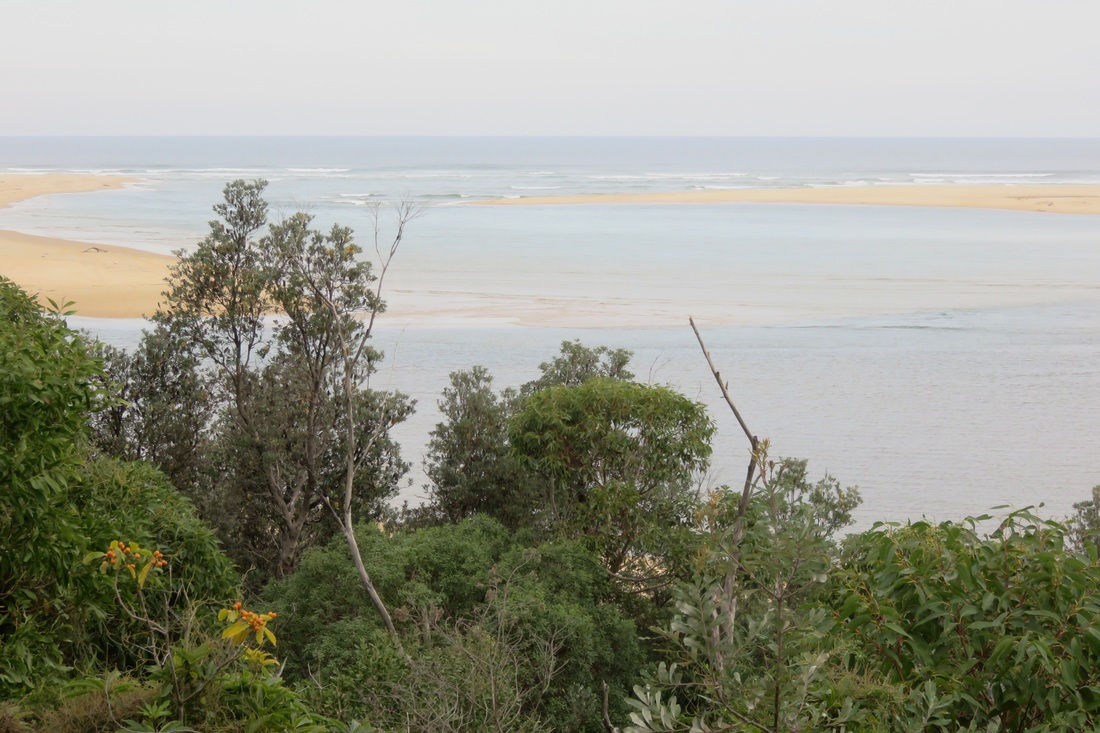
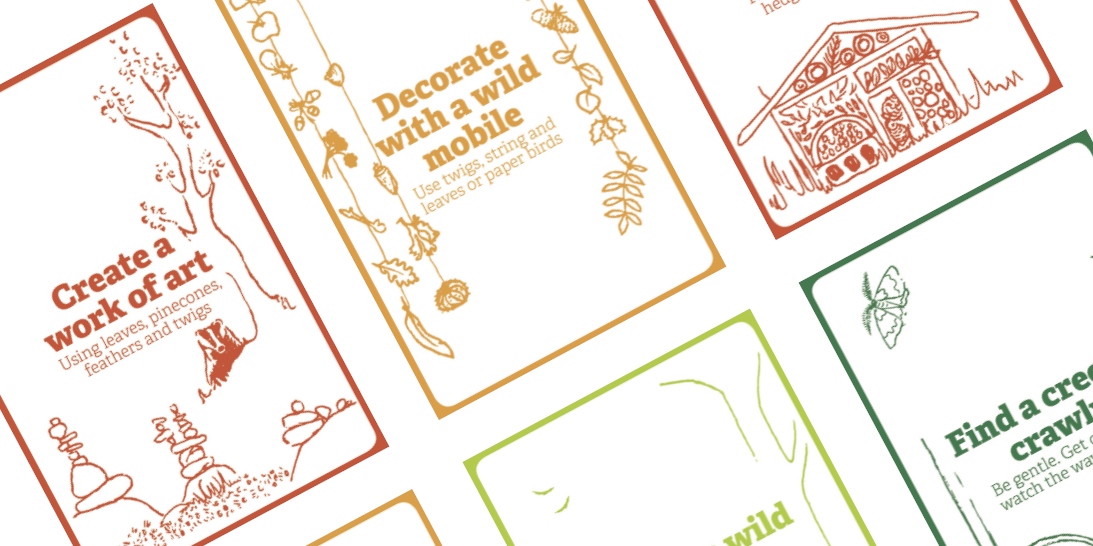
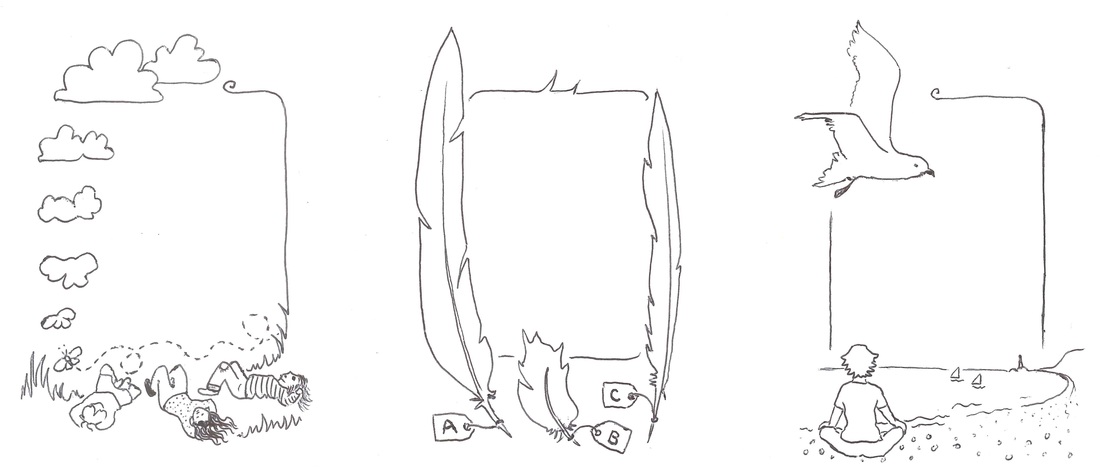
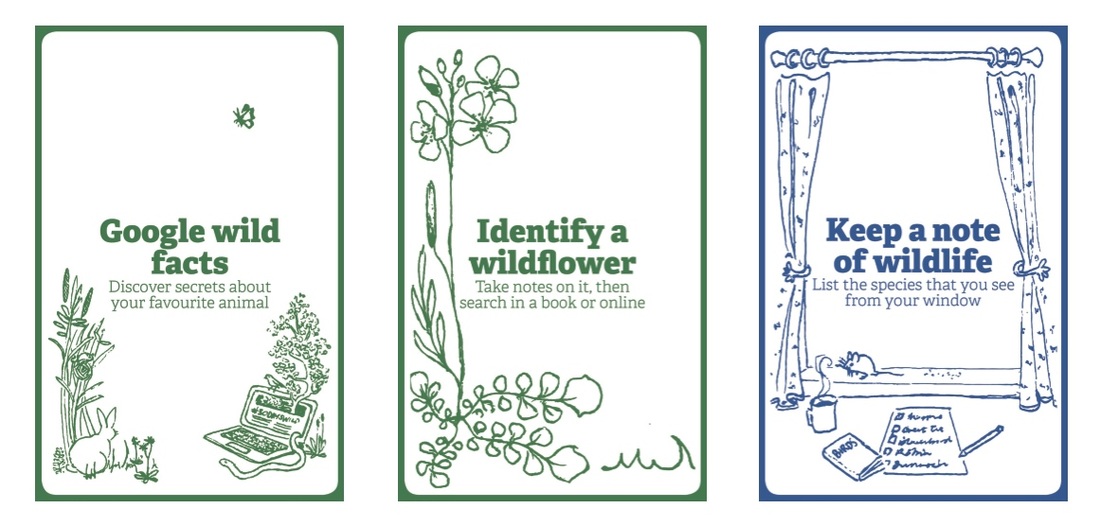
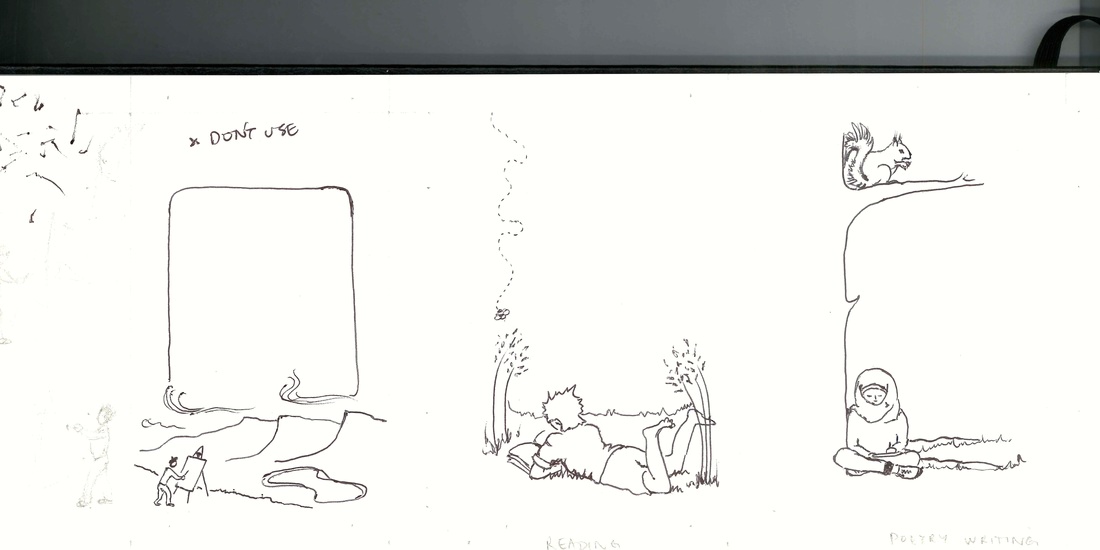
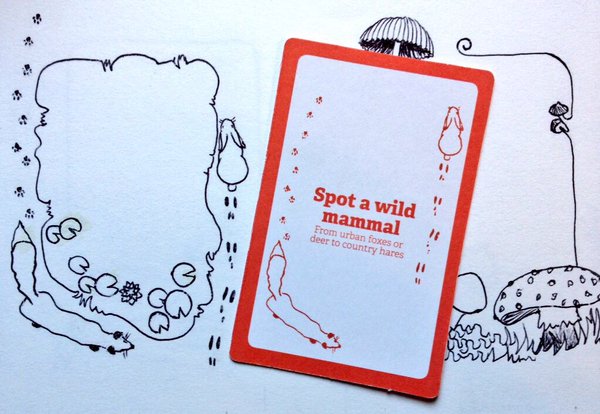
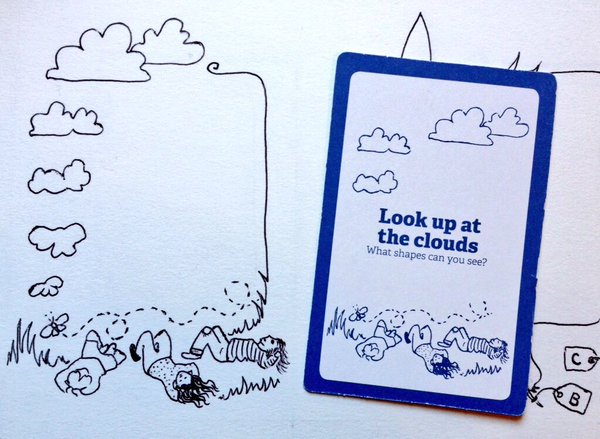
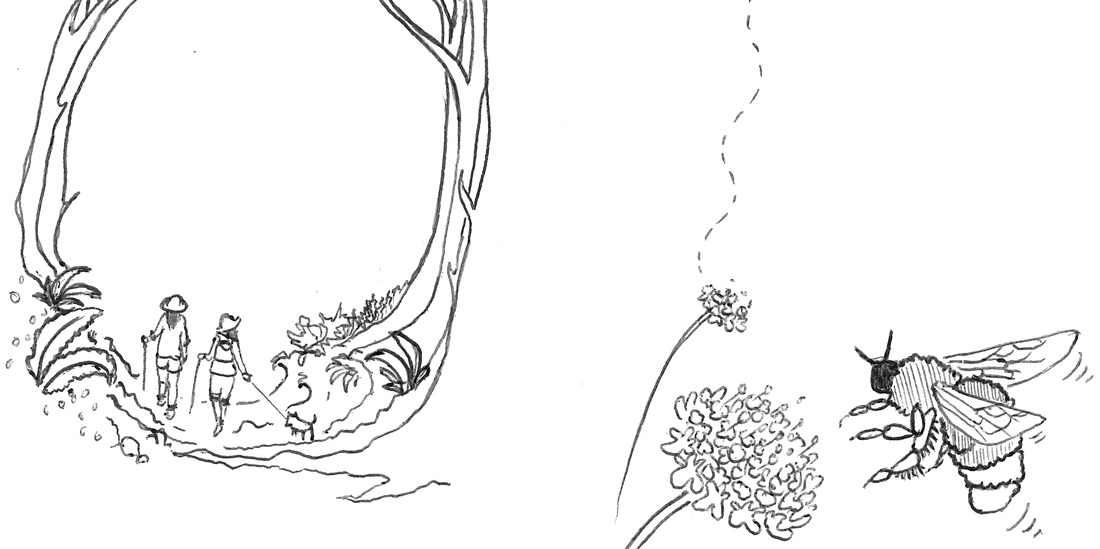
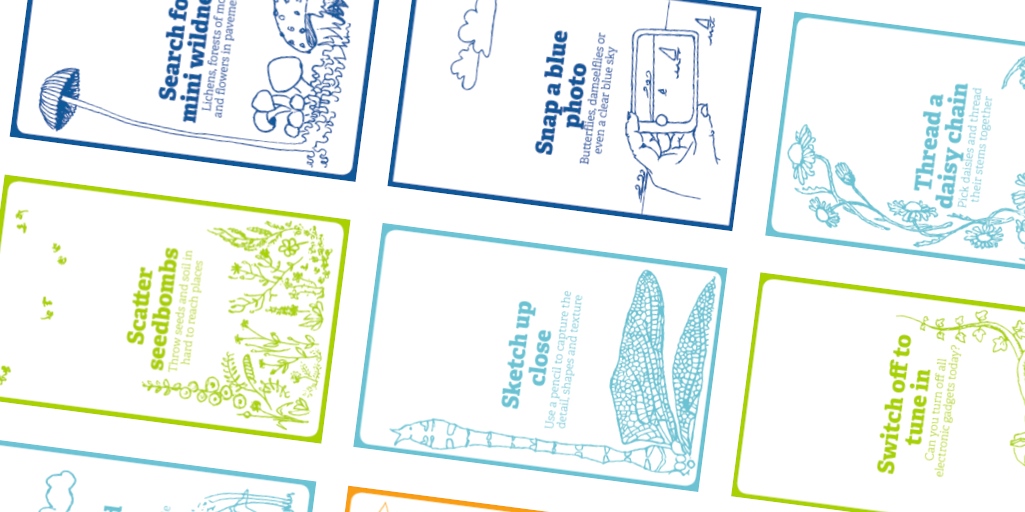
 RSS Feed
RSS Feed
